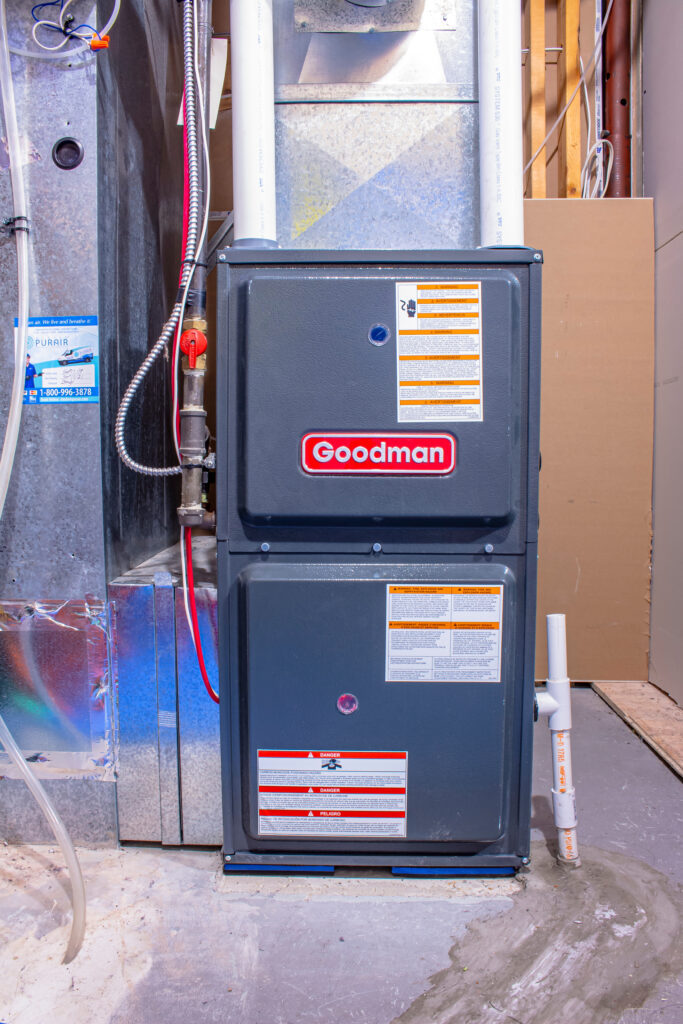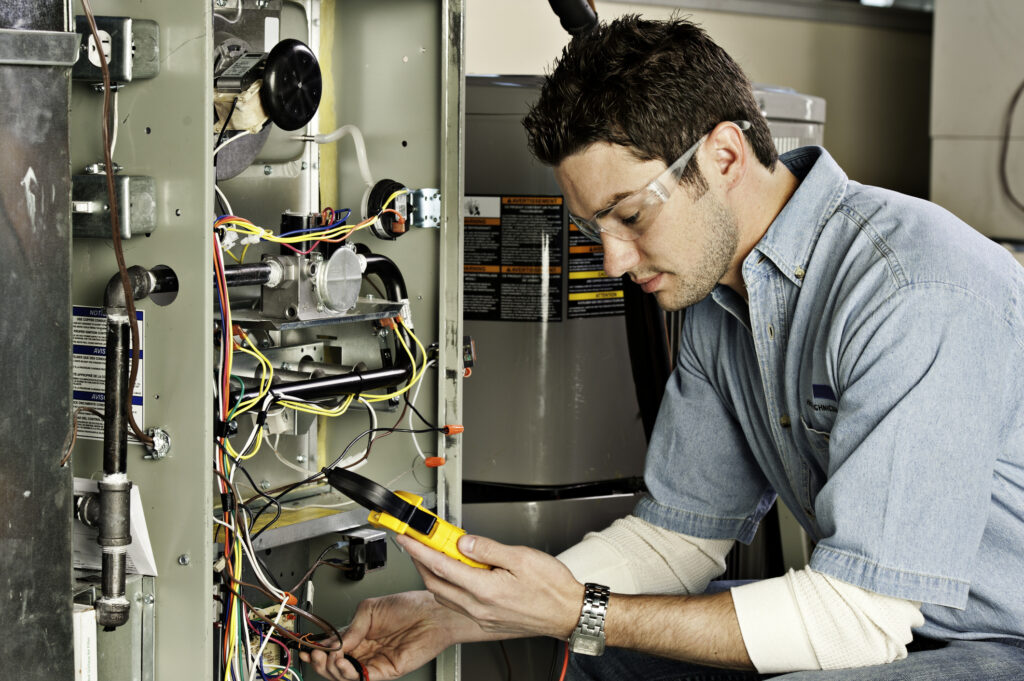Introduction
A furnace is a necessity for homes during the winter. The heat that a furnace brings can be comforting when it works and devastating when it doesn’t. Furnaces help to save lives by maintaining a livable temperature inside homes when winter is at it’s worse. Everyone knows the basics of what a furnace does, but how does it work? What exactly does it do? Is a furnace even necessary for your home? In this month’s blog post, those are the questions we hope to answer and more.
How Does a Furnace Work?
There are several different types of furnaces, but the most common one is the gas furnace. In most cases, a gas furnace is powered by natural gas or propane. The first thing a gas furnace does is transfer gas to a burner, which then ignites it. The flames caused by the heated gas then raise the temperature of the air inside of the furnace which is then transferred through the air vents to inside the home by fans that circulate the air through the ducts.
A gas furnace is made out of different components such as the flue, ductwork, gas burner, thermostat, and more. The different components help to make sure everything runs smoothly and in cases where it doesn’t, tries to provide a solid backup plan until an HVAC technician can repair it. There is also waste, or excess air and gas, that the furnace takes into account. That’s where components such as the flue come into play. The flue carries out gas that was already used to heat air outside of the home. Excess air is returned to the furnace through return ducts, which is ductwork specifically designed for the purpose of returning said air. The functions of a furnace can be difficult to understand but when in doubt, just remember; it was designed to heat up air. That’s what all the fancy components are for.

What Does a Furnace Exactly Do?
While we know what a furnace does and how it works, we don’t know exactly what it does. If furnaces only heat air, then isn’t it just a glorified fire? Does that mean we are nothing more than cavemen?
Yes.
Yes it does.
The thing that a furnace has most in common with a fire is that the air heated inside of it is caused by combustion. Basically, the gas that is transferred into the furnace helps to cause a small explosion that heats up the temperature of the air inside of it. That used gas is then transferred to a safer place and new gas replaces it. The cycle repeats as air is transferred into homes. That is what a furnace does; it heats up the air inside of your home by causing a small explosion. Now, it is not as simple as that, as explained above, but it sure does sound cool, right?

Is a Furnace Even Necessary?
This is a hard question to answer as it can go both ways. Depending on where you live and the specific needs of your household, it could be a yes or no. For example, if you live in Alaska, you’re going to need a furnace or you’ll have a higher chance of dying from hypothermia. If you live in Texas, the chances of you needing a furnace is low. Whether you need a furnace or not depends on your household needs and the climate you live in. If you’re still confused on whether you need a furnace or not, ask a reliable HVAC technician.
Conclusion
The basic function of a furnace is to heat a home. A gas furnace is made out of a variety of parts. The parts allow it to successfully heat the air inside of a person’s home while making sure it is done as safely as possible. Whether you need a furnace or not in your home depends on your household’s needs. We hope this blog post helped to answer any questions you had about furnace basics. Here at Partney Heating and Cooling, we have been installing and repairing furnaces for over twenty years. We are the HVAC technician experts and can help you with any furnace issue that may come your way, no matter how tough. Call us today at 636-475-9384!